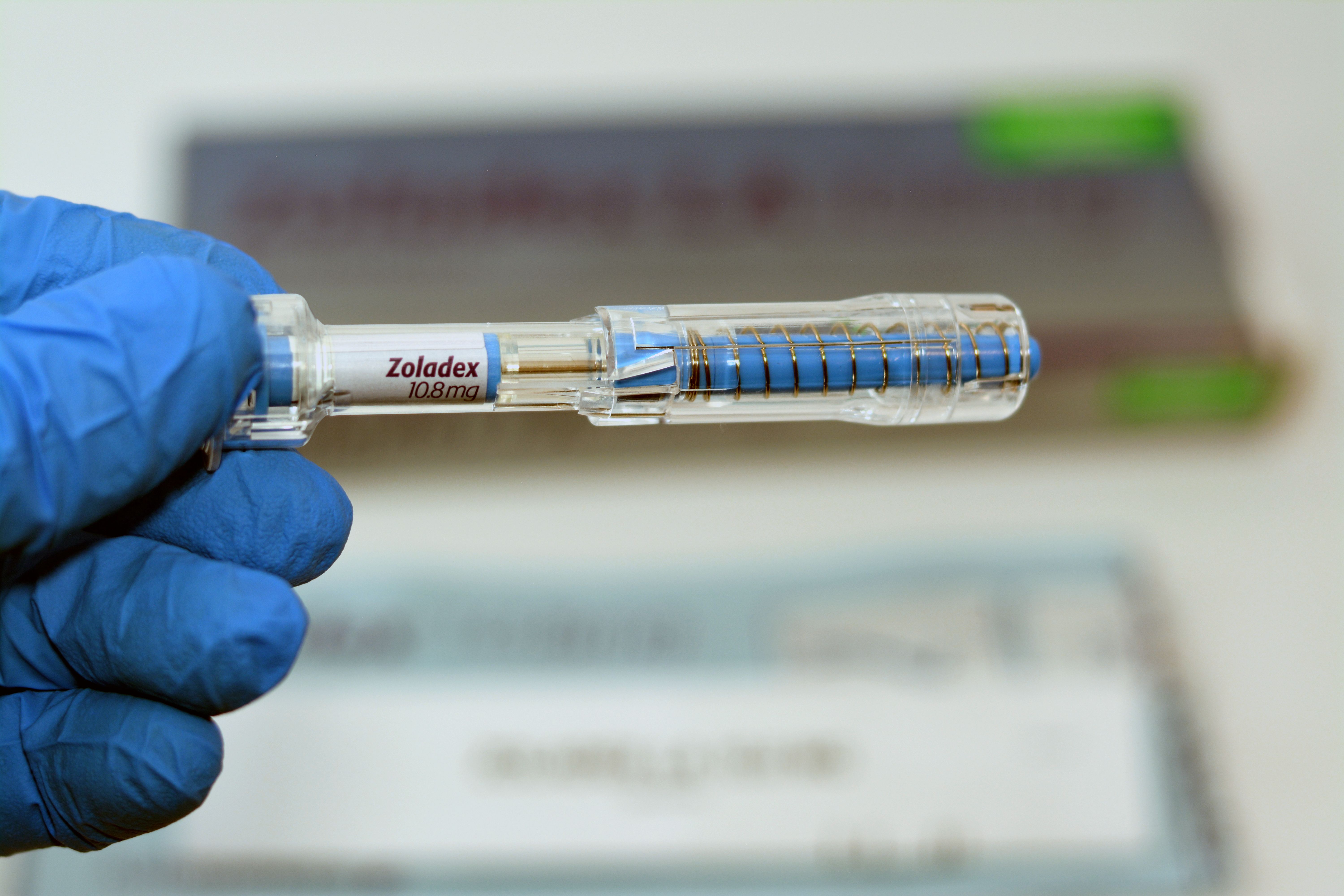HPLC and LC–MS Estimation of Goserelin Acetate Sustained-Release Implant Impurity
Researchers have developed a meticulous method for analyzing impurities in a product used for early treatment of breast cancer in premenopausal and perimenopausal women, shedding light on the product’s degradation pathways.
In a recent study published in the journal Chromatographia, researchers from Guangdong Pharmaceutical University, Guangzhou, China, introduced a novel method for the estimation of assay and forced degradation impurities of goserelin acetate sustained-release implants (1). This analytical approach was intended to enhance the understanding of degradation pathways associated with this critical pharmaceutical product.
Cairo, Egypt, December 14 2022: Zoladex LA 10.8mg goserelin acetate implant anti neoplastic indicated in endometriosis, endometrial thinning, breast cancer and prostate cancer by AstraZeneca UK | Image Credit: © Tamer - stock.adobe.com

Goserelin acetate sustained-release implants are among the most crucial components in the treatment of early breast cancer in premenopausal and perimenopausal women. These implants are prepared using a hot melt extrusion technique with a carrier material known as polylactic acid-glycolic acid copolymer. The proper assessment of impurities in these implants is of paramount importance, to ensure their safety and efficacy.
The study focused on forced degradation experiments, which are designed to rigorously assess the behavior of the active pharmaceutical ingredient (API) and its formulations under conditions that accelerate degradation. An experimental approach such as this is particularly important for sustained-release products, as it helps in the selection of appropriate packaging materials and storage conditions, ultimately impacting the stability and shelf-life of the product.
Forced degradation experiments conducted on the goserelin acetate sustained-release implants revealed the presence of a single impurity during thermal degradation, as observed with high performance liquid chromatography (HPLC) analysis. The identification and characterization of this impurity were crucial to understanding its potential impact on the product's quality.
The analytical method established by the research team closely followed the guidance provided by the International Council for Harmonisation of Technical Requirements for Pharmaceuticals for Human Use (ICH). This approach ensures the reliability and reproducibility of the results, which are essential in the pharmaceutical industry to meet rigorous quality standards.
To elucidate the structure of the impurity and characterize its degradation pathway, the researchers employed liquid chromatography coupled to mass spectrometry (LC–MS). Mass spectrometry is a powerful tool for identifying and characterizing compounds based on their mass-to-charge ratio (m/z). In this case, it was used to gain insights into the degradation products of the implants.
The findings of this study may have future implications for the pharmaceutical industry. Understanding the degradation pathways and impurities in the implants studied is critical for maintaining product quality and safety. Such discoveries allow pharmaceutical companies to make informed decisions regarding packaging materials and storage conditions, which are crucial for ensuring the long-term stability of these important medical devices.
The analytical method developed by the authors provides a reliable and sensitive means of detecting impurities in goserelin acetate sustained-release implants. This research will be of interest to pharmaceutical scientists, quality control professionals, and regulatory authorities involved in ensuring the safety and efficacy of pharmaceutical products. The researchers’ meticulous method, in line with ICH guidance, ultimately contributes to the continued safety and efficacy of this vital pharmaceutical product.
This article was written with the help of artificial intelligence and has been edited to ensure accuracy and clarity. You can read more about our policy for using AI here.
Reference
(1) Huang, D.; Tian, Y.; Zheng, Y.; et al. Development and Validation for the Estimation of Assay and Forced Degradation Impurities of Goserelin Acetate Sustained-Release Implant Using HPLC and LC–MS. Chromatographia 2023, 86, 595–603. DOI: 10.1007/s10337-023-04272-1
Characterizing Polyamides Using Reversed-Phase Liquid Chromatography
May 5th 2025Polyamides can be difficult to characterize, despite their use in various aspects of everyday life. Vrije Universiteit Amsterdam researchers hoped to address this using a reversed-phase liquid chromatography (RPLC)-based approach.
New Method Explored for the Detection of CECs in Crops Irrigated with Contaminated Water
April 30th 2025This new study presents a validated QuEChERS–LC-MS/MS method for detecting eight persistent, mobile, and toxic substances in escarole, tomatoes, and tomato leaves irrigated with contaminated water.

.png&w=3840&q=75)

.png&w=3840&q=75)



.png&w=3840&q=75)



.png&w=3840&q=75)


